
Also like other sober-living environments, halfway houses generally have systems in place to keep residents sober, and drugs tests are usually administered to monitor for any substance use. They also often come with additional mental health, medical, recovery or educational services that help people get accustomed to their new lives. Studies suggest that sober living homes are highly effective in supporting individuals in their recovery from substance use disorder. Effectiveness also depends on your commitment to change and maintain a substance-free lifestyle. Sober living homes services that can enhance the chances of long-term sobriety Alcohol Use Disorder include peer support, access to counseling, and assistance in developing essential life skills.
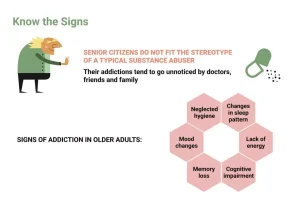
Oxford House – Tarpon Point
Strict enforcement of these rules ensures a stable environment where you can focus on your recovery without external pressures or temptations. A more extended period in an SLH means more time under a system of checks and balances. This consistent accountability is key for many in avoiding potential relapses. This is a six-month transitional living program specifically designed for men on MOUD in Tulsa. Oxford House is a democratically peer-run, self-supporting, and drug-free home. Further, all homes are well furnished, and luxury homes have excellent amenities.
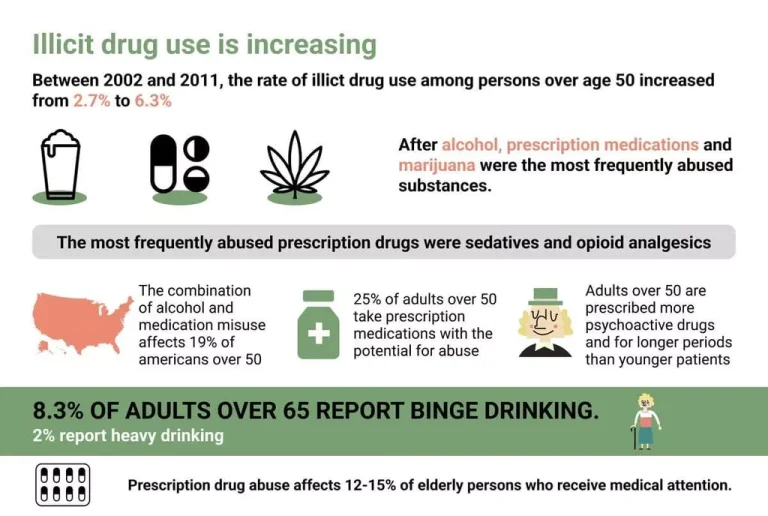
What Are the Differences between Halfway Houses and Other Sober-Living Houses?
There may be drug and alcohol screenings or other accountability measures. Continual monitoring allows residents to stay accountable and provides a safe, sober living environment for the community. While Level 4 homes are included in “recovery residences” they wouldn’t typically be considered “sober living homes” since they fall into the category of inpatient treatment, rather than aftercare. TCs are a structured, clinical environment and are usually full-service, meaning that residents don’t have to go offsite for treatment. People stay in sober living homes https://ecosoberhouse.com/ from three months to over a year, depending on individual recovery progress, financial stability, and readiness for independent living. The duration varies based on personal needs, with some staying for a few months to solidify sobriety, while others require extended support to prevent relapse.
- By choosing to reside in a sober living home, you’re not just finding a place to stay; you’re joining a community committed to mutual support and recovery.
- A sober home offers the time and space for you to heal and get stronger in recovery.
- The NARR functions by certifying regional networks (referred to as “affiliates”) which then certify individual residences.
- In most sober-living environments, bedrooms are shared, but some do provide individual rooms.
Find a Top Sober House
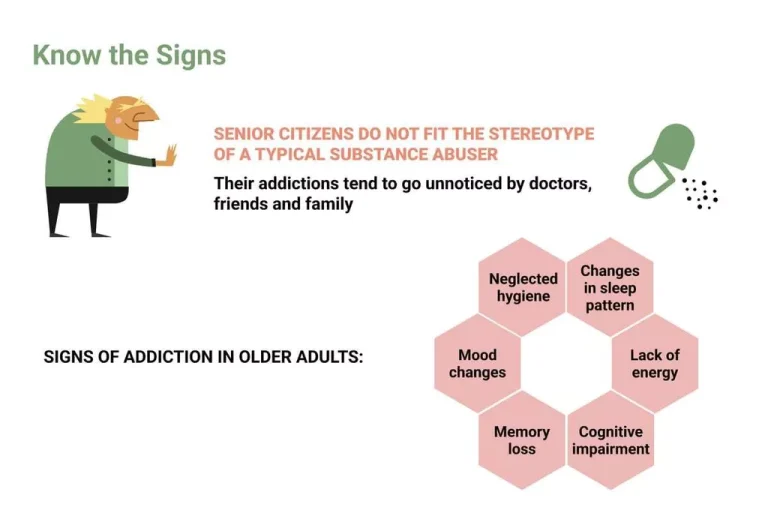
It further provides an environment to support recovery from substance abuse for those who are emerging from rehab. Sober living homes are different than halfway houses in that halfway houses are transitional living spaces for people who have been incarcerated and need a place to live while transitioning back into the community. Someone living in a halfway house is under the supervision of probation or parole. Even though there is no set licensing for these programs, Transitions Sober Living maintains CARR certification to ensure that our homes meet the highest standards for sober living environments. According to the Substance Abuse and Mental Health Services Administration (SAMHSA), recovery residences that implement strict abstinence policies reduce relapse rates by up to 67% compared to homes with lenient rules.
Teen & Young Adult Treatment Tracks
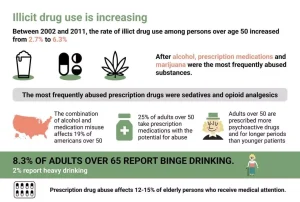
These programs target addiction and underlying mental health conditions, providing crucial medical detox, medication-assisted treatment, and various levels of care to treat your symptoms and encourage well-being. Receiving comprehensive care can be more effective, translating into a lasting recovery. The ultimate goal of sober living is to help you transition into independent living.
- Maintaining a sober lifestyle in a world where substance use is encouraged can be difficult.
- This is where a sober living house for extended stays can make a significant difference.
- The comprehensive approach first aims to manage withdrawal symptoms and cravings of addiction.
- Platforms like GoFundMe let you share your recovery journey and goals, enabling family and friends to contribute.
- The average length of stay in sober living homes ranges from 166 to 254 days, although individual circumstances may lead some to extend their tenure.
- With daily routines, right peer support, and clear house rules, you learn how to face life’s challenges without relapsing.
However, sober living houses are not covered under insurance since they do not provide treatment services and thus aren’t considered rehabilitative facilities. They are environments free of substance abuse where individuals can receive support from peers who are also in recovery. There is no time limit on how long someone can live in a sober living house.
Stay Connected:
This is where a sober living house for extended stays can make a significant difference. As residents end their stay, many sober living homes offer or guide them to reintegration resources. These can include job placement services, educational opportunities, or counseling, ensuring a smoother transition back to mainstream society. Upon entering a Sober Living Home, you’ll first notice the structured environment, which maintains a supportive and substance-free ambiance. These homes enforce specific rules like curfews, mandatory house meetings, and routine drug tests. Not adhering to these What are sober living homes rules can lead to consequences, with severe breaches potentially resulting in eviction.
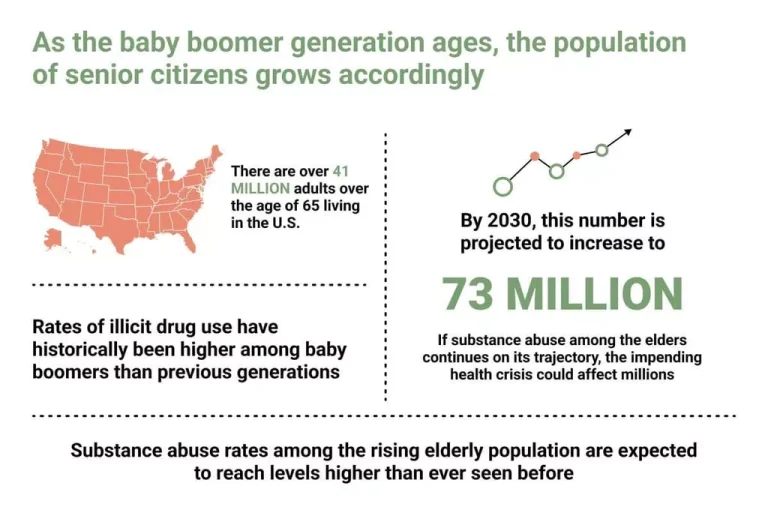
Although many residents aim for this average duration, the actual length of stay can vary significantly based on individual circumstances and their ability to adhere to house rules. Halfway houses, also known as sober re-entry programs, tend to be more structured. Sometimes they are designed specifically for formerly incarcerated folks.